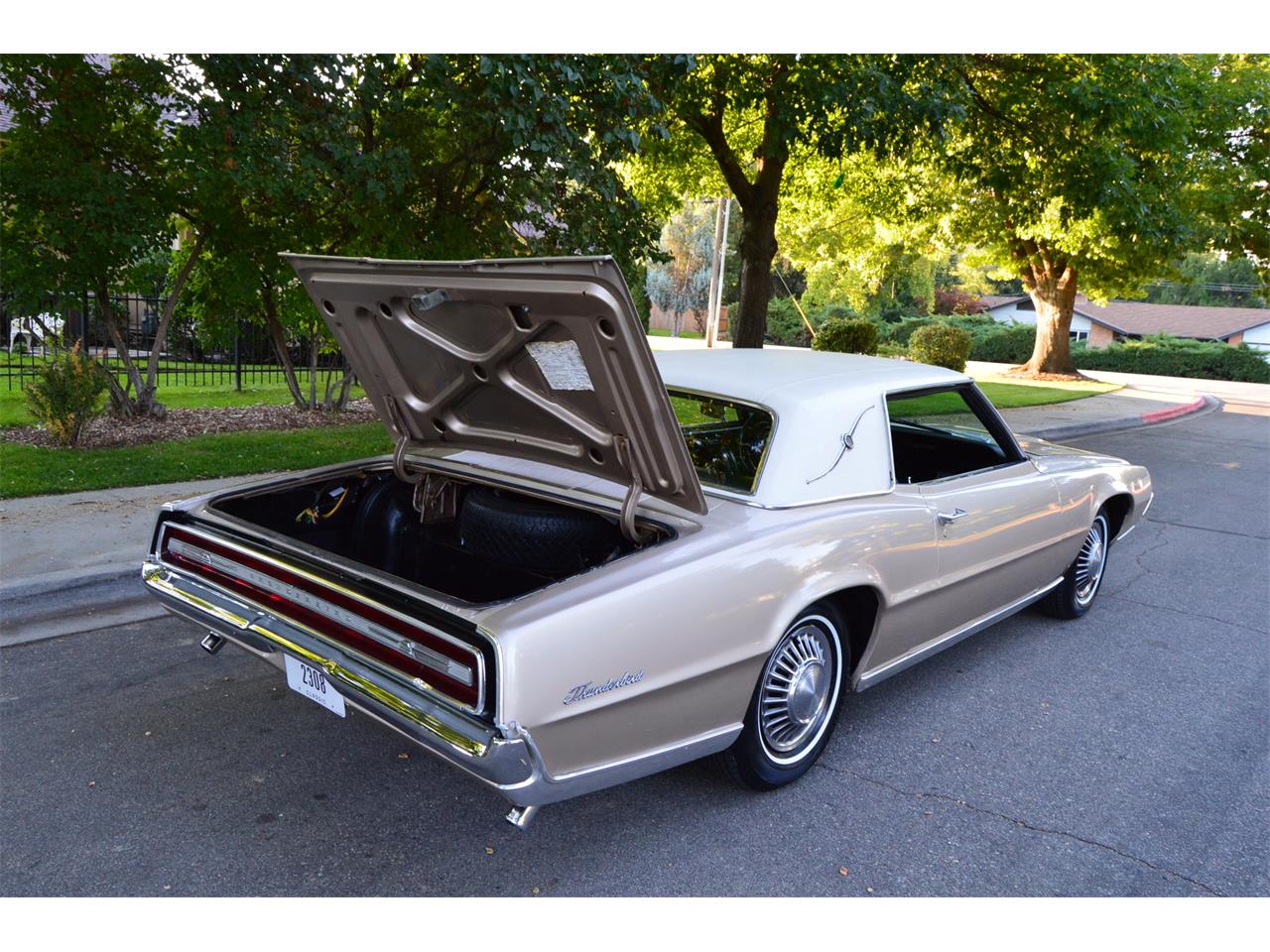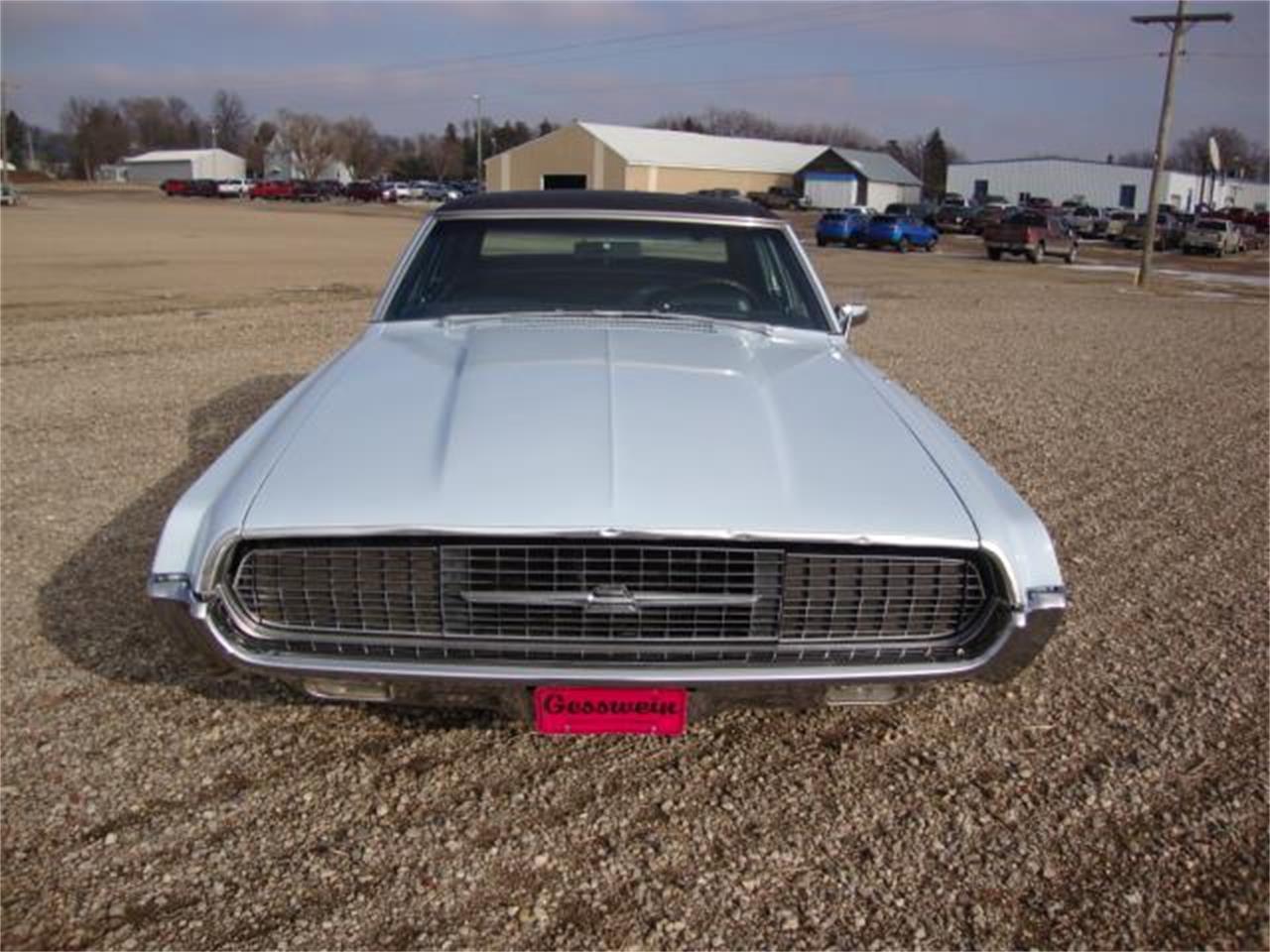
Ford had introduced the Mustang in 1964 and its two-door configuration and sporty persona were making this niche market rather congested. The 1958 to 1966 Thunderbird had remained fundamentally unchanged as a sporty two-door coupe or convertible with two rows of seating. The fifth generation of the Thunderbird arrived in 1967 (known as the 'Glamour Birds' today), introducing yet another distinctive take on the personal sports coupe, and the second major change in the car's design direction since its debut in 1955. The 'Square Birds' of 1958 to 1960 were followed by the 'Bullet Birds' of 1961-1964 and 'Jet Birds' of 1965-1966.

With each succeeding generation, the Thunderbird grew both in stature and equipment, in keeping with contemporary trends. So for 1958, the car was redesigned as a four-seater. The first generation Thunderbird was successful, but Ford management, particularly Robert McNamara, felt the two-seater body styles limited its sale potential. The formula proved successful and the Thunderbird outsold the Corvette by more than 23-to-one for 1955 with 16,155 sales compared to the Corvette's 700. Although inspired by, and created to compete against the Corvette, the Thunderbird put greater emphasis on comfort and convenience rather than sportiness.

It had a two-seat design with a folding fabric top and available with a detachable glass-fiber hardtop. It was built in response to Chevrolet's Corvette and was unveiled to the public on February 20th of 1954 at the Detroit Auto Show. The Thunderbird was one of the most beloved, and the successful automobiles produced by the Ford marque, built along eleven distinct generations from 1955 through 19 to 2005.


 0 kommentar(er)
0 kommentar(er)
